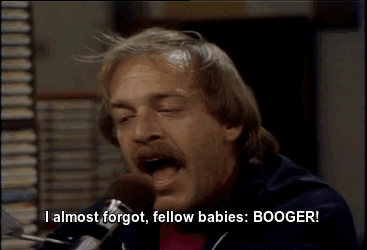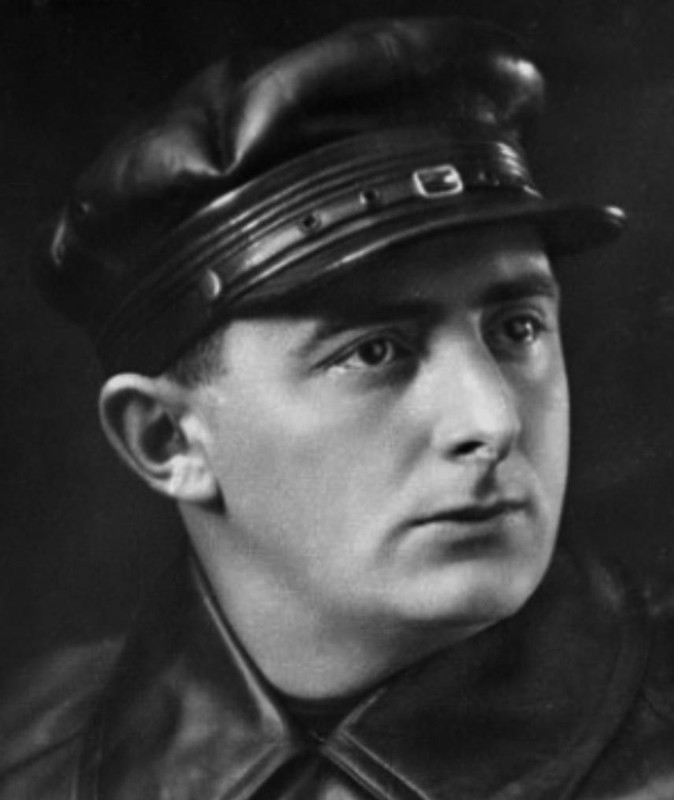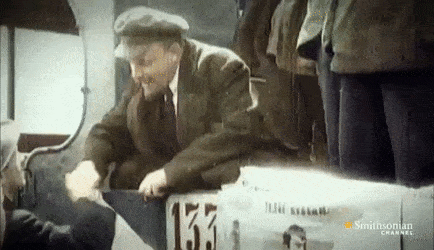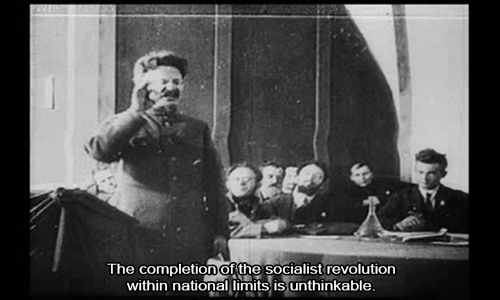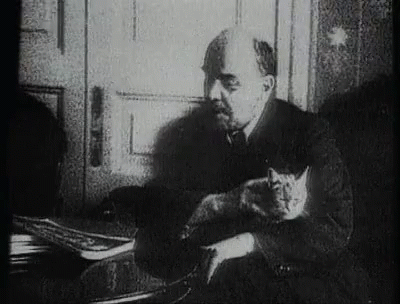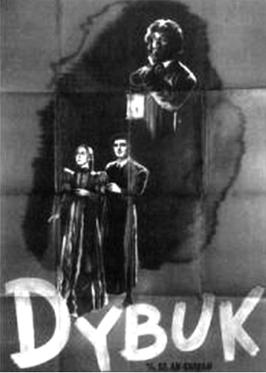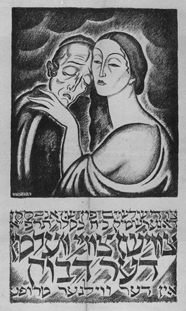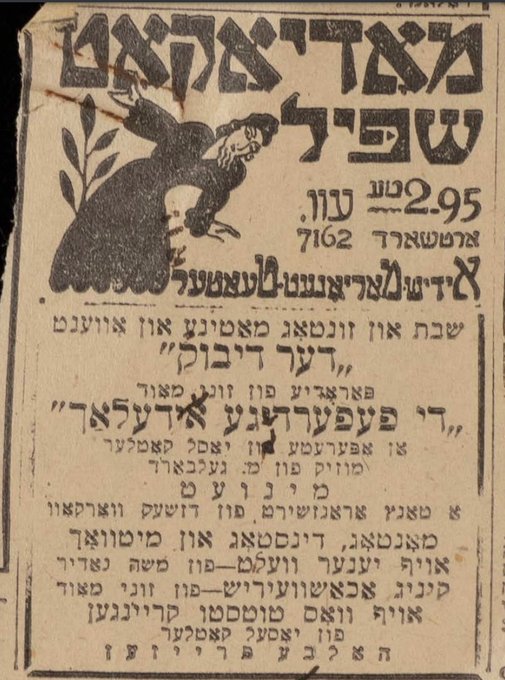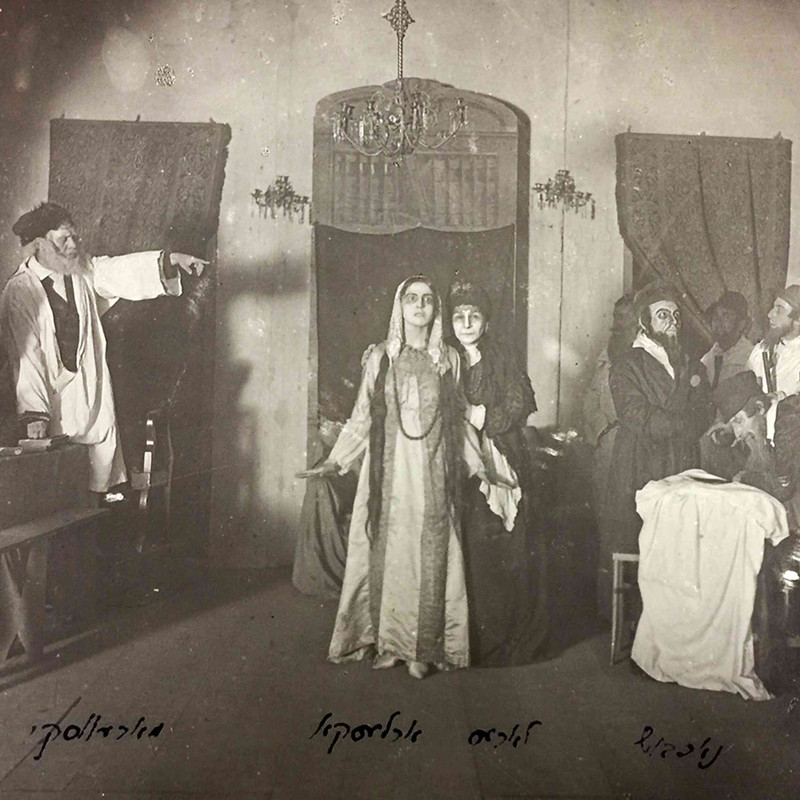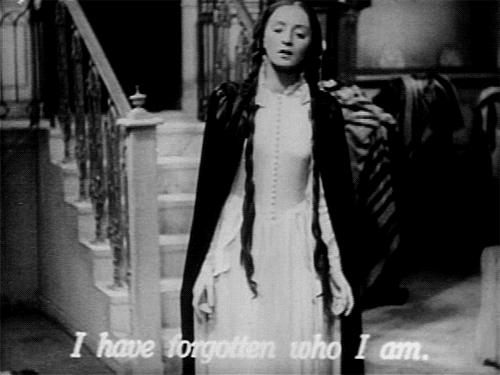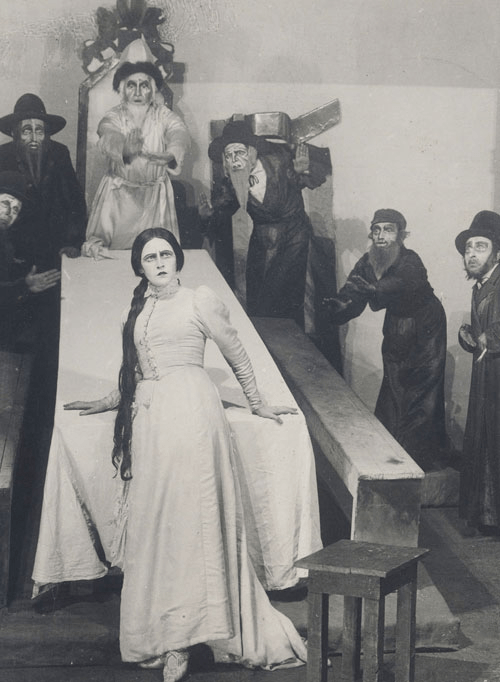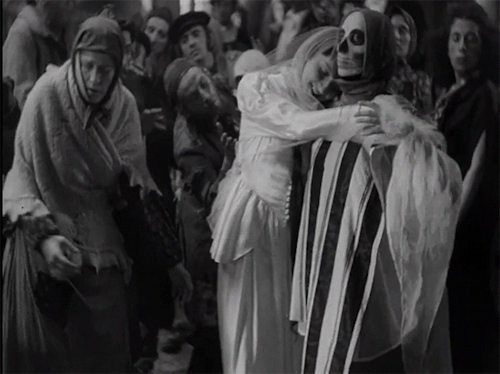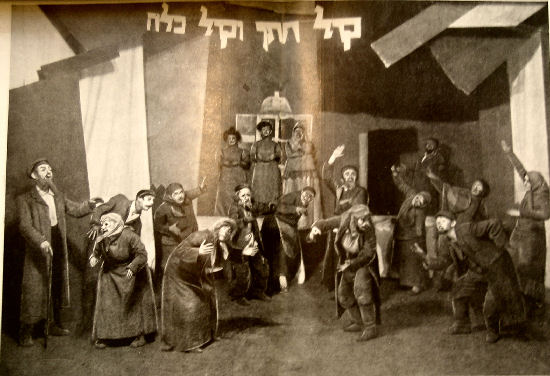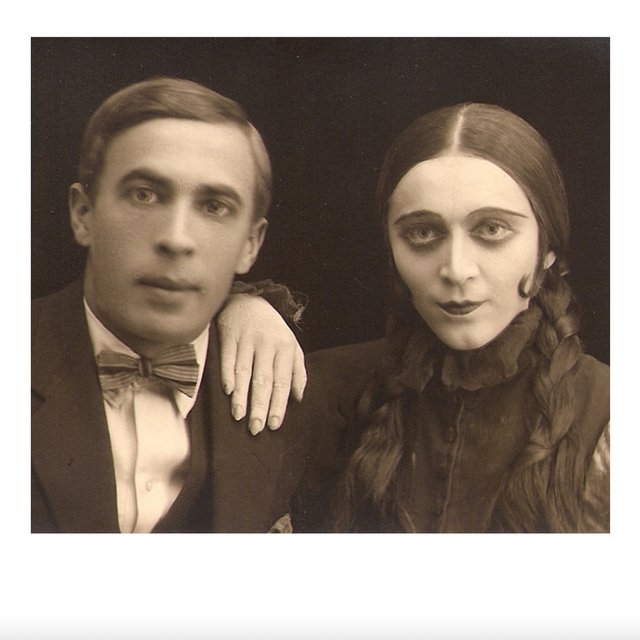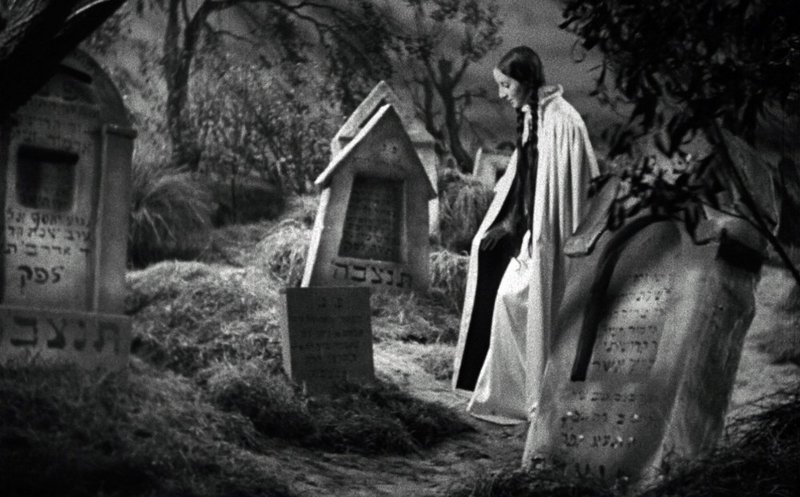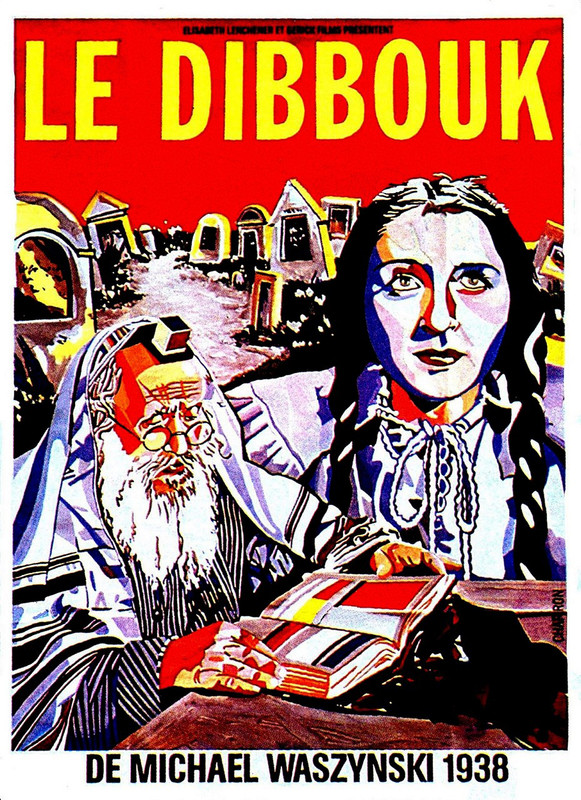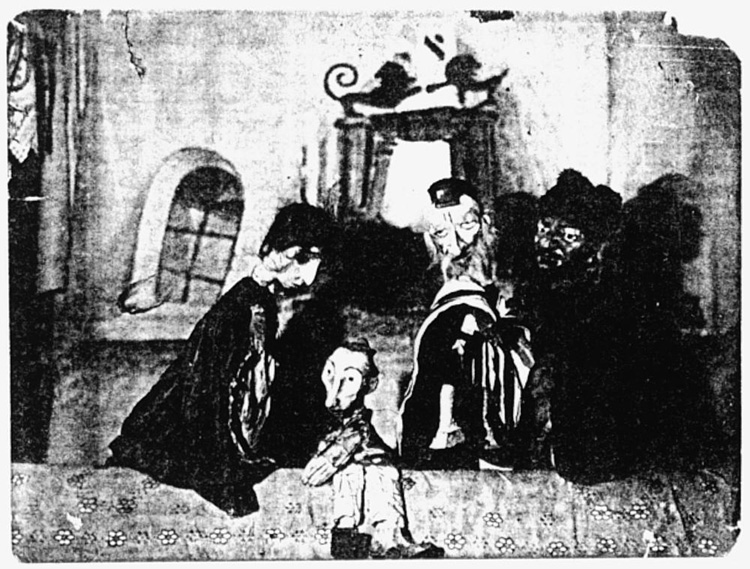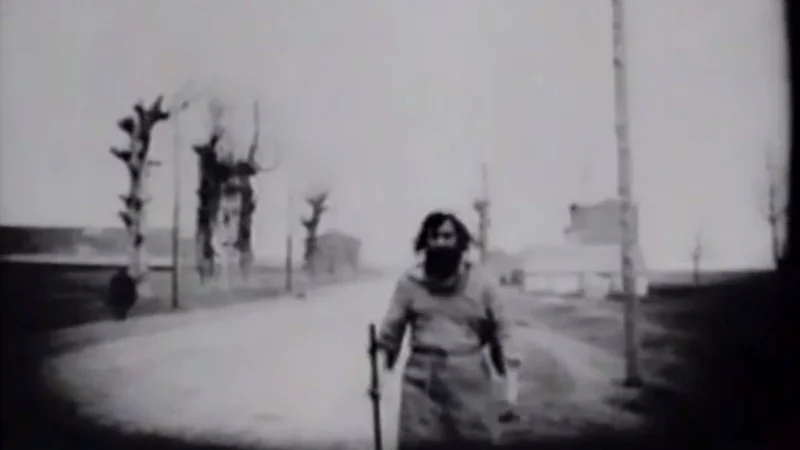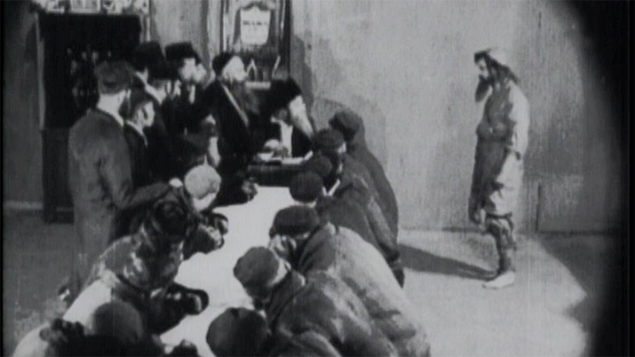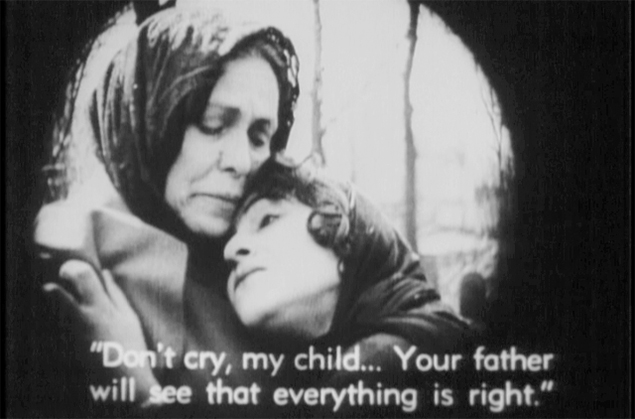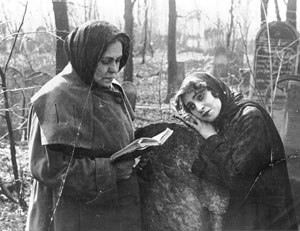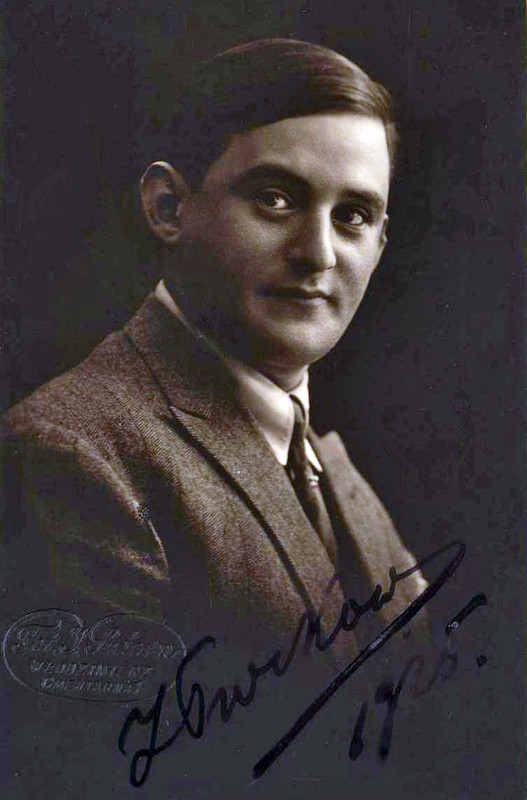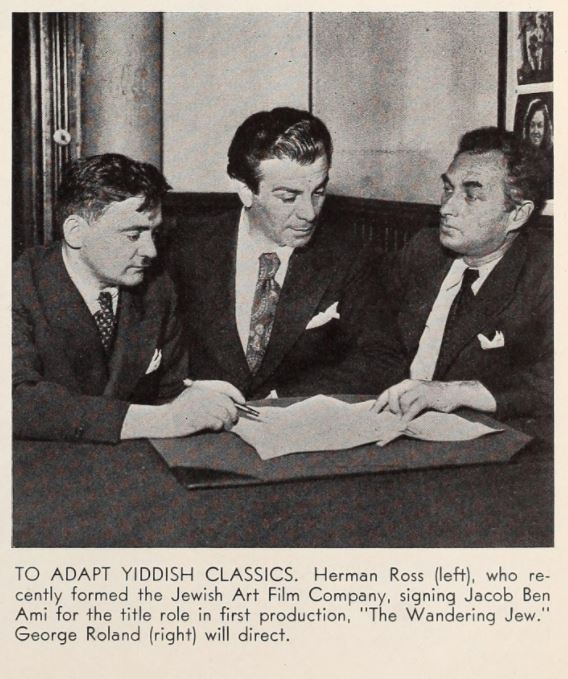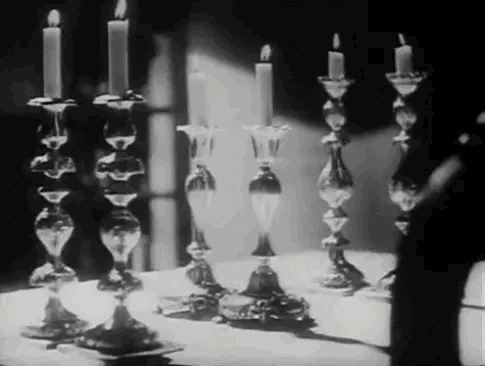
Last year Howard Hessemen, AKA Dr Johnny Fever of "WKRP In Cincinatti", died aged 81, and the year before Frank Bonner (Herb Tarlek) died at 79. Like any 80's kid who was into music I grew up on "WKRP" which aired from 1978-82, and it's pretty much the only sitcom I would actually watch religiously (along with "The Monkees") and still have literally every line of dialogue memorized and I'm not even alone on this. I'm not going to say "WKRP" and Johnny Fever are the reason I got involved with radio but it's not not the reason either. Other attempts at Rock related sitcoms have never worked out and haved dated even worse but the mighty 'KRP maintains a devoted audience even forty years later even though it was not really a massive hit at the time. The show was blessed with a fine ensemble cast and some excellent writing but what really earned WKRP it's cult status was music and radio nerds. Only a few episodes were really about music as the main plot driver, the bulk of the stories were about the sharply defined characters with the radio station being the backdrop but the show had a good understanding of radio (some of the producers and cast had worked in radio) and made excellent use of incidental and background music and (usually) showed a sincere understanding of the worlds of Rock and radio and it's worth remembering that some of the writers and cast had previous radio or music careers Howard Hesseman had in fact been a DJ at a popular FM Rock station in San Fransisco in the Psychedelic sixties while Gordon Jump (as Station Manger Arthur Carlson) had been an AM radio DJ in the early sixties, Jan Smithers (as Bailey Quarters) had sung in a Psychedelic Folk Rock band Hot Club Of Friends with her then boyfriend Christopher Mancini (son of Henry) who had scored an appearence on "The Midnight Special in 1973 and even Carol Bruce (as station owner Mother Carlson) had been a Big Band singer and dancer in the 1940's. Instead of relying on the sort of sappy Pop music and Disco that would have been popular at the time but would not have dated well WKRP instead used a combination of Classic Rock tracks (notably Clapton, Pink Floyd, Foreigner, Queen, Stones, Little Richard, Elvis, Ted Nugent), some riskier New Wave which turned out to also become classics (The Police, The Cars, The Pretenders, Blondie, even Captain Beefheart), Smooth R&B and Light Jazz (Grover Washington, Bill Evans) and Reggae (Bob Marley).
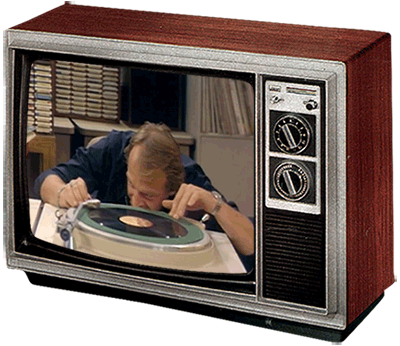
They didn't get everything right of course, Radio nerds point out that WKRP only ever had four full-time DJ's at any one time; Dr Johnny Fever (in the morning drive spot, from 6AM to about noon), in the afternoon there was the once mentioned Dean The Dream later replaced by the occasionally seen Rex Erhardt (presumably from noon to early evening), Venus Flytrap (evening till around midnight) and the often mentioned but never actually seen Moss Stieger as the overnight spot, along with a Sunday morning show with the Rev Little Ed Pembrook all of which is wildly impractical. Also no AM station (and probably no non-campus FM station either) would have a programming schedule as wildly varied as WKRP's which ranged from Fever's Classic Rock and New Wave to Earhrdt's Yacht Rock and Soft Pop to Venus' romantic R&B and light Jazz. We never actually learned what Stieger played but he seemed to be a burned out hippie. But the concept of the show often made mention of the station's quirky and unprofessional approach as part of it's charm so this is acceptable enough in context. More noticably were the few episode that actually had music related storylines front and center which music nerds would eyeroll over. One such was a story featuring an ex flame of Program Director Andy Travis named Linda Taylor (played by Barrie Youngfellow who also died in 2022) who had become a major star as a singer in the mold of a mid seventies style Country Pop singer like Linda Ronstadt or Crystal Gayle who was already out of fashion by 1980 and unlikely to attract the kind of attention the show gave her. Another was a guest spot by Country singer/songwriter Hoyt Axton who once again played a type of early 70's Pop Country that was long obsolete on Top 40 radio. The Axton episode was actually one of only two to have actual musicians guest on the show.
THE RAMONES ~ "DO YOU REMEMBER ROCK & ROLL RADIO";
But then there was the still iconic Scum Of The Earth episode. Scum were WKRP's answer to Punk Rock (or as they insisted, Hoodlum Rock) played by Micheal Des Barres, an actual singer and two other dudes. Scum were the stereotypical hotel trashing, audience baiting, DJ bashing bad boys. Musically they had more in common with an inferior Van Halen than the Clash but the episode had no lack of quotable lines that can still be recited by any rocker over the age of 30. Des Barres had had been kicking around the fringes of the UK and Los Angeles Glam Punk scene since 1972 (he also had some acting credits going back the sixties as a child actor including "To Sir With Love") with his bands Silverhead and Detective, without having any critical or fan success. His bands tried to appropriate some of the energy of Punk with the sheen of Glam and Glitter bands and the denser sound of mainstream Hard Rock bands like Aerosmith or Nazareth without managing to achieve the better qualities of any of them or any memorable songs. Silverhead recorded three albums between 1972 and 1975 but their most notable legacy being bassist Nigel Harrison who went on to join Blondie, with two others joining ex Led Zeppelin singer Robert Plant's band.
SILVERHEAD ~ "16 & SAVAGED";
By the time of 1978 he had a second band, Detective, but Punk and New Wave had happened and Des Barres' Cock Rock antics seemed dangerously out of touch and the critics and actual punk scene despised them especially since two of the members had served in Steppenwolf and keyboardist Tony Kaye in Yes, the latter being one of worst possible pedigrees for the Punk/New Wave Era. Musically they sort of resembled the Tubes as fronted by David Lee Roth which might have worked if they had any of the Tubes catchy songs or sense of humour nor were they prepared to go as over-the-top as the Tubes' Fee Waybill which was a little odd given Des Barres roots as child actor. They might have been better off if they had just embraced his Cock Rock instincts like Van Halen or the original Quiet Riot (both of whom were starting out) but that's assuming they had a flashy guitarist like Eddie Van Halen or Randy Rhodes which they did not. They did tour with Nazareth and Kiss who liked them well enough to record (but not release) one of their songs. Detective were offered but passed up a chance to record "I Need A Lover" written by a young John Cougar which would later become Cougar's first minor hit as well as being recorded by Pat Benatar. The actual music for Scum would be provided by Detective but the band would be portrayed by Des Barres (named Dog) and two other actors, Peter Elbling (as Blood) and Jim Henderson as Nigel. The episode was easily the most publicity Detective ever got but it wasn't enough to lead to any real breakthrough for the band who broke up in 1979 after being dropped by their label. If they had been around for the late eighties Hair Metal scene they might have had better luck, or at least Des Barres might have. By contrast Blondie credited WKRP for helping to promo "Heart Of Glass" and even sent a gold record that would be displayed in the bullpen for the show's duration so apparently WKRP was thought to have some promotional clout, just not for Detective.
DETECTIVE ~ "DETECTIVE MAN";
Post WKRP in 1984 Des Barres again lucked out getting tapped to replace Robert Palmer in Power Station, another New Wave supergroup that included John and Andy Taylor from Duran Duran drummer Tony Thompson from Chic who had already scored one hit album but with Des Barres all they managed was a another TV guest shot (this time on "Miami Vice") before they too broke up. Des Barres did go on to form another band in 1984, Checkered Past, a sort of Punk/New Wave supergroup including Nigel Harrison, Frank Infante and Clem Burke from Blondie, Steve Jones from the Sex Pistols and Tony Sales from Iggy Pop's band which once again failed with both critics and audiences after one album breaking up after about a year. After that aside from being rumoured as a possible replacement for David Lee Roth in Van Halen his biggest claim to fame was marrying super groupie Pamela Des Barres along with a few TV guest spots and fronting his own solo band. Ironically one of his most successful TV roles was in the 1991 remake series "The New WKRP" where he played a morning Zoo type DJ. As for the rest of Scum; the fellow Brit Peter Elbling was an experienced actor having appeared on Broadway as well as in the Rock Opera "Phantom Of The Paradise" (billed as Peter Oblong) where he was the singer in each of the weird bands killed off by the Phantom, he has continued to appear in film and TV to date. Jim Henderson, the other member of Scum, is a mysterious figure. Henderson has only one other listed credit on IMDB as a "Punk Rocker" in a 1981 episode of "Charlie's Angels" and is otherwise billed as a drummer. However there is no trace of what bands he played in (he didn't play in either of des Barres's bands) so either none of his bands recorded anything or he was primarily a session musician. A Google search turns up absolutely no trace of him since and I have no idea what became of him or even if he's still alive. His IMDB entry does list another film credit from the 1950's but unless he was a child actor this is probably some even more obscure bit player with the same name. These types of mistakes sometimes happen with the more obscure entries on IMDB.
THE SCUM OF THE EARTH ~ "GOT ENOUGH LOVE";
Part of the fun for music nerds was playing spot the band with the numorous records played and posters displayed at the station. As a measure of the devotion music and radio nerds have for WKRP some dude managed to compile a list of every song used during the show's run which can be found here. Aside from a handfull of tunes recorded specifically for certain stories the show made good use of actual records of the era. This would later cause problems with copyright issues when the show went into syndication for reruns as well during which these songs would be switched out in favour of generic rock tracks much to the fans annoyance. This also tied up the eventual DVD release which was widley panned for the sloppy musical choices stifling subsequent releases until a rerelease in the 2010's. Besides the music the show's authenticity was boosted by decorating the set with contemporary posters encouraging eagle-eyed music nerds to play spot the band. And who's a radio & music nerd with two thumbs to type with? This Guy! Accordingly I've gone through every episode to list every poster used during the show's run which range from mainstream AM Pop to R&B to Hard Rock and New Wave and even some Jazz.
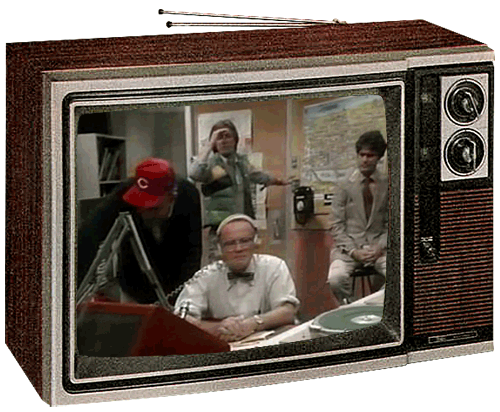
A couple of notes; Most of the posters were from the second season onward presumably because they started getting serviced by record companies who would have had their own artists they wanted to promo. The list isn't quite all inclusive as there are about two dozen posters I either couldn't quite make out either because they were too small, obscured, or you only catch too brief a glimpse to be read even using pause along with a few I just couldn't recognize. Several artists appeared more than once, if the same poster was repeated I only counted it as one however when a different poster of the same artist was used I noted them separately.
~~~~~~~~~~~~~~~~~~~~~~~~~~~~~~~~~~~~~~~~~~~~~~~~~~
AD/DC ~ "FOR THOSE ABOUT TO ROCK";
The A's
AC/DC (X3)
Adam & The Ants
Aerosmith (twice)
Greg Allman
Herb Alpert
America
Joan Armatrading
Patti Austin
Albert Ayler (at Johnny's pad)
The Average White Band
The Babys
The Beat (the US band with Paul Collins, not the English Beat)
THE PAUL COLLINS BEAT ~ "ROCK & ROLL GIRLS";
Joan Baez (in a photo with Bob Dylan at Johnny's pad)
Jeff Beck
The Bee Gee's
Pat Benatar (twice)
George Benson
Black Sabbath (twice)
The Blasters
THE BLASTERS ~ "BORDER RADIO";
Blondie (three times including a gold record)
The Blues Brothers (X3)
The Brothers Johnson
Irene Cara
George Carlin
Kim Carnes
Jim Carroll
The Cars (twice)
THE CARS ~ "SHAKE IT UP";
Carlene Carter
Roseanne Cash
Ray Charles
City Boy
Eric Clapton (X3)
Stanley Clarke
THE CLASH ~ "THIS IS RADIO CLASH";
The Clash (X4)
The Commodores
Perry Como (at the transmitter)
Rita Coolidge (twice)
Ry Cooder (twice)
Elvis Costello (twice)
ELVIS COSTELLO & THE ATTRACTIONS ~ "RADIO RADIO";
John Cougar
Crosby, Stills & Nash (X3)
Rodney Crowell
The Cretones
Charlie Daniels Band (twice)
Detective
Willie DeVille
Devo (twice)
The Doors (plus one in Johnny's pad)
Bob Dorough (at Johnny's pad)
Duran Duran
The Durocs
Bob Dylan (twice, also one of Dylan & Joan Baez at Johnny's pad)
The Eagles (twice)
Earth, Wind & Fire
Ebonee Webb
Dave Edmunds
ELO (X3)
ELO ~ "ROCK & ROLL IS KING";
Emerson, Lake & Palmer
Marianne Faithful
Jay Ferguson
Fleetwood Mac
Mick Fleetwood
Dan Fogleberg & Tim Weisberg
Foghat
Foreigner
Peter Frampton
J Geils Band (twice)
THE GO-GO'S ~ "WE GOT THE BEAT";
The Go-Go's
The Grateful Dead (X3)
Hall & Oates
Steve Hackett (twice)
Heart
Sammy Hagar (X4)
Bill Haley
BILL HALEY & THE COMETS ~ "ROCK AROUND THE CLOCK";
Hall & Oates
Emmylou Harris (X3)
Jimi Hendrix (X4)
Patrick Hernandez
Lena Horne (twice)
Ian Hunter (twice)
The Inmates
Interview
Joe Jackson (four times)
JOE JACKSON ~ "STEPPING OUT";
Michael Jackson
Rick James
Al Jarreau
Jefferson Starship (twice)
Jethro Tull
Olivia Newton John
Grace Jones
Rickie Lee Jones
Janis Joplin (at Johnny's pad)
Journey
Chaka Kahn (twice)
Kansas (twice)
The Kings
The Kingston Trio (at the transmitter)
The Kinks
Kiss
The Knack
Kraftwerk (twice)
KRAFTWERK ~ "RADIOACTIVITY";
Krokus
Nicholette Larson (twice)
Led Zeppelin (twice)
LeRoux
John Lennon (X3, twice with Yoko Ono)
Huey Lewis & The News
Little Feat (twice)
The Little River Band (twice)
Loverboy
Lena Lovich
LENA LOVICH ~ "LUCKY NUMBER";
Paul McCartney & Wings
Michael MacDonald
Madness
Melissa Manchester
Chuck Mangione
Barry Manilow (used as a dartboard by Johnny & Venus)
Bob Marley (twice)
Steve Martin
Randy Meisner
Pat Metheny
Midnight Star
Missing Persons
MISSING PERSONS ~ "MENTAL HOPSCOTCH";
Ronnie Montrose
Van Morrison (twice)
The Motels (X3)
Gary Myrick (twice)
Randy Newman
Juice Newton
Stevie Nicks (twice)
Ted Nugent
Oingo Boingo
Yoko Ono (with John Lennon)
Robert Palmer (twice)
Parliament Funkadelic
Jaco Pastorius
Pearl Harbor & The Explosions
Pink Floyd
Bonnie Pointer
The Police (X3)
Jean Luc Ponty
THE POP ~ "BEAT TEMPTATION";
The Pop
Elvis Presley
Billy Preston (twice)
The Pretenders (X3)
Prism
Quarterflash (twice)
Suzi Quatro
SUZI QUATRO ~ "ROCK HARD";
Queen (twice)
Bonnie Raitt
Gilda Radner
Red Rider
Leon Redbone
Kenny Rogers
The Rolling Stones (X4 plus a photo of Mick & Johnny in Johnny's pad)
THE ROLLING STONES ~ "IT'S ONLY ROCK & ROLL";
The Romantics
Linda Ronstadt (twice)
Diana Ross
Todd Rundgren
Sad Cafe
Leo Sayer (twice)
Bob Seger (twice)
The Selector
THE SELECTER ~ "ON MY RADIO";
Dell Shannon
Simon & Garfunkle
Southside Johnny & The Asbury Jukes
The Sports
Split Enz
The Michael Stanley Band
Starbuck
Ringo Starr (twice)
Steely Dan
Rod Stewart (X4)
Streetheart
STREETHEART ~ "HOLLYWOOD";
Styx
Kasim Sultan
Supertramp (X3)
The Sweet
Syreeta
The Temptations
George Thorogood
Peter Tosh
The Tubes (twice)
Twennynine
Ultravox (twice)
The Undertones
THE UNDERTONES ~ "TOP TWENTY";
U2 (twice)
Van Halen
The Vapors
Tata Vega
Grover Washington Jr
The Whispers
The Who
Steve Winwood
Gary Wright
XTC
The Yellow Magic Orch
The Yellowjackets
Neil Young (X3 plus one at Andy's pad)
XTC ~ "THIS IS POP";
Plus there were posters for local Jazz club The Blue Whisp (at Johnny's pad), record companies Stiff and Portrait Records and a few compilation albums including;
"The Last Waltz", the Martin Scorsese directed film about the final concert of the Band featuring Bob Dylan, Eric Clapton, Muddy Waters, Neil Young, Neil Diamond, Joni Mitchell, Emmylou Harris, Van Morrison, Ron Wood, Ronnie Hawkins, Paul Butterfield, Ringo Starr, Dr John, Bobby Charles & the Staple Singers.
"Propaganda" a compilation of UK New Wave including early singles by The Police, Squeeze, Joe Jackson, The Secret & The Reds
"Times Square" Soundtrack including more Punk & New Wave figures including The Ramones, The Ruts, Pretenders, Roxy Music, Talking Heads, Gary Numan, XTC, The Cure, Lou Reed, Suzi Quatro, Patti Smith, and David Johansen
THE RAMONES ~ "WE WANT THE AIRWAVES";
A look at the bands listed shows a far more interesting mix of you would normally expect from commercial radio (actually Toronto & Hamilton had quite a varied and lively radio scene in the early eighties as would a few other places; New York, San Francisco, L/A, Boston and Windsor/Detroit, but not a commercial station in a smaller more conservative town in the Midwest) with genres ranging from the expected classic rock (AC/DC, Aerosmith, Zeppelin, John Lennon, Paul McCartney, the Stones, Doors, ELO, Heart, Rod Stewart, Dell Shannon, Neil Young, Hendrix, Supertramp, Jethro Tull,The Who) some R&B (Earth Wind & Fire, Parliament, Rick James, Chaka Kahn, Irene Cara, Grover Washington Jr, George Benson, Ray Charles), Reggae (Bob Marley, Peter Tosh), Soft Rock (Dan Fogleberg, Leo Sayer, Kim Carnes, Juice Newton, Nicolette Larson), Country Pop (Kenny Rogers, Emmylou Harris, Carlene Carter, Roseanne Cash), Jazz (Jaco Pastorius, Jon Luc Ponty, Albert Ayler, Lena Horne, Al Jarreau), Oldies (Elvis, Bill Haley, the Kingston Trio), Comedy (Steve Martin, Gilda Radner, George Carlin), a little Metal (Sabbath, Van Halen, Krokus) and a surprising amount of New Wave for a midwestern AM radio station in 1978-82 (The Clash, Pretenders, Knack, Motels, Cars, Romantics, Police, Vapors, Split Enz, Missing Persons, Inmates, Cretones, Undertones, Ultravox, Kraftwerk, Yellow Magic Orch, XTC, Lene Lovich, Elvis Costello, Jim Carroll, Joe Jackson, Dave Edmunds, Suzi Quatro). There are some interesting choices; a small Duran Duran poster can be seen a year before they really scored any stateside success, likewise U2 show up twice a good three or four years before they made a big break in America, the Motels show up three times although at the time they were a cool but fairly obscure artsy New Wave band who would later score a few hits after the show's run, Missing Persons were another new band with a single EP and some good reviews but they also wouldn't have a hit until later, Ska bands Madness and the Selector would never score much US success, Lene Lovich, Oingo Boingo, the Sports, Pearl Harbor & the Explosions, Yellow Magic Orch, Sad Cafe, City Boy, the Pop (the US band not to be UK band the Pop Group) and the Beat (the US band with Paul Collins, not to be confused with the English Beat) were other New Wave bands that got some good reviews but would score no hits. John Cougar was just getting started and had only minor success but ironically as mentioned above one of his songs ("I Need A Lover") had been offered to Detective who turned it down only to see both Cougar and Pat Benatar havesome success with it. Kasim Sultan was the bassist with Prog Band Utopia but his solo career never amounted to much however he went on to a long career as a session bassist with Patti Smyth & Scandal, Joan Jett, Ronnie Spector, Todd Rundgren, Meat Loaf, Steve Stevens, Rick Derringer and the Rubinoos among others while Jay Ferguson was a former member of Prog/Psyche bands Spirit and Jo Jo Gunne but his biggest seller would turn out to be the theme from the TV series "The Office" thirty years later. Even more obscure, at least to me, were R&B bands Twennynine, Le Rouge, Syreeta and Ebonee Webb, Gospel singer Tata Vega, Jazz singer Bob Dorough and singer/songwriter Gary Myrick. BTW a parody in "Mad Magazine" had ones for Minnie Pearl and Jim Nabors which wasn't really funny but it was actually funnier than the rest if the article thought it was.
Ironically while Van Halen show up only once (for their first album) future singer Sammy Hager has three posters with one up for much of the second season. There's a fair amount of Cancon with not only the well established Neil Young, Joni Mitchell and Loverboy but also the less well known Red Rider, Streetheart and the Kings, no Rush though. As an additional note WKRP literally had much more black representation both visably and audibly than MTV did at that time (starting on air in 1981) and for a few years later when they were still so notoriously lily white that David Bowie actually brought it up during an on-air MTV interview.
AC/DC ~ "LET THERE BE ROCK";
WKRP went off the air after only four seasons, which is one year less then the five seasons normally needed to sell a show for reruns in syndication but it's cult audience insured that it would eventually make its way into reruns throughout the eighties and nineties and eventually a DVD release of the first season. Unfortunately these reruns suffered from a problem unique to the show. Unlike other sitcoms WKRP used a lot of recognizable music which led to a tangle of copyright issues that would lead to having these reruns having most of its music removed and replaced with generic backing tracks. Since not only was much of the music used classic songs but some of the music in the show was integral to some of the jokes this attracted a lot of disappointed reviews from diehard fans and led to delaying the release of the complete series for several more years until the copyright issues could be sorted out. As it turned out the two episodes that featured guest spots from actual musicians, namely the Scum Of The Earth/Detective and Hoyt Axton episodes were virtually the only ones to keep their original music throughout the various syndication runs. Another ironic note; While Detective (who were on the show as Scum Of The Earth) get a poster in the same episode Hoyt Axton (who was also on an episode where he sang) did not.
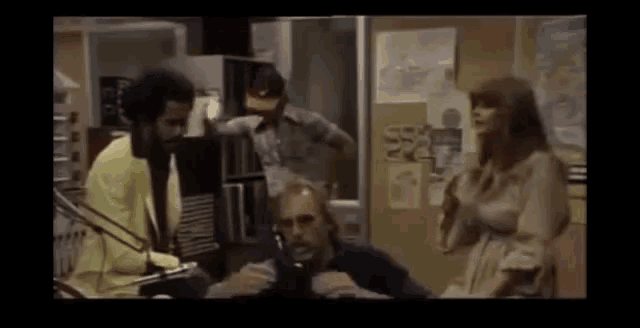
Surprisingly few of the show's cast maintained high profile careers. Loni Anderson (as Jennifer Marlowe) became a major sex symbol from the show but post WKRP her career declined with her biggest roles being a short lived TV detective series with former "Wonder Woman" Lynda Carter and playing the title roles in a Jayne Mansfield biopic then she essentially dropped out of sight to marry Burt Reynolds in 1988, they would have a messy divorce in 1994. After a few TV guest spots Jan Smithers (Bailey Quarters) would also retire to marry, in this case to James Brolin in 1986, they divorced in 1995 and she moved to Canada for a while before returning stateside where she remains. Of the rest of the cast, Gordon Jump (Arthur Carlson), Frank Bonner (Herb Tarlek) and Richard Sanders (Les Nesman) appeared in various TV guest spots with Gordon Jump notably appearing in a controversial episode of "Different Strokes", he died in 2003. Only Howard Hessemen (Johnny Fever) and Tim Ried (Venus Flytrap) went on to regular a series with Ried appearing in "Frank's Place" (1987-88) a sitcom about a restaurant owner and "Snoops" (1989-90) a detective show.
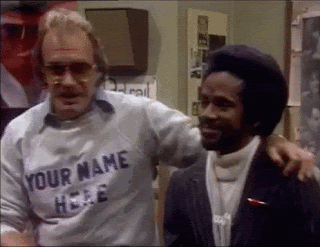
Hessemen became a semi-regular in the sitcom "One Day At A Time" from 1982-84 and "Head Of The Class" (1986-90) a highschool sitcom where he played a father figure teacher that was actually a hit although he was publically dissatisfied with his straight-man role and the shown has been largely forgotten about. Better remembered was his cameo in the classic Rock Mocumentary "This Is Spinal Tap". A word about two other cast members; Carol Bruce (Mother Carlson) had a career as a Big Band singer, dancer on Broadway and film actress going back to the 1940's, she died in 2007, actually outliving her onscreen son Gordon Jump a role that had originally been played by screen veteran Sylvia Sidney in the pilot episode until she backed out disliking the show and cast as silly and beneath her. The scene stealing character of Hirsch, Mother Carlson's ancient, sardonic butler was played by Ian Wolfe. Born in 1896 he had a respected career as a character actor going back to the early days of talkies including roles in "Zorro" in the 30's, several of the Basil Rathbone "Sherlock Holmes" films and Hitchcock's "Saboteur" in the 40's, Billy Wilder's classic "Witness For The Prosecution" and "Rebel without A Cause" in the 50's, "The "Twilight Zone" and "Star Trek" in the 60's and George Lucas's debut "THX" in the 70's. The odd thing about his roles is that from the start of his career he always played older witty, gentlemanly characters and always looked the same; a slight man with stooped shoulders and receding hairline with a distinctive lilting voice and mid-Atlantic accent. It was as if he was never actually young. By the time of "WKRP" he was in his eighties and Hirsch became his most iconic and beloved role, he continued acting including in cameos in Warren Beatty's "Reds" and "Dick Tracy" being his final role in 1990. He died two years later aged 95.
THE KINKS ~ "COME DANCING";
The show stayed a cult favorite through the eighties and was finally revived in a new series "The New WKRP" from 1991 to 1993 which included half of the original cast in Arthur Carlson, Les Nesman, Herb Tarlek and for several episodes even Johnny Fever along with guest spots from Venus, Jennifer and Mother Carlson. However in spite of having much of the original cast and producers and treating the original series and characters with affection and respect the show simply wasn't funny and never caught on. After some initial attention from the original fans interest dropped off and not even the keeping the original's famously catchy if incomprehensible closing theme, having Michael Des Barres as a DJ and the much hyped return of Johnny Fever could save the show. The revival is largley dismissed by all but the most diehard fans and I have not included any of its episodes in my above list of posters which would have also been from a different era of music and radio. As it happens the reboot actually had far less music and posters anyway, possibly they were looking to avoid the copyright issues that plagued the earlier show when it came to syndication. As it happened they weren't around long enough for that to become an issue.
In one final legacy of the show a few Punk and Metal bands have named themselves the Scum Of The Earth, a 1990's Toronto Indie Garage band named themselves Buzz Sapien after the shows stage manager and in 2004 veteran Toronto band the Rheostatics named one of their songs "The Tarleks" and even got the real Herb Tarlek to appear in the video along with one of his infamous plaid polyester jackets.
THE RHEOSTATICS ~ "THE TARLEKS";
